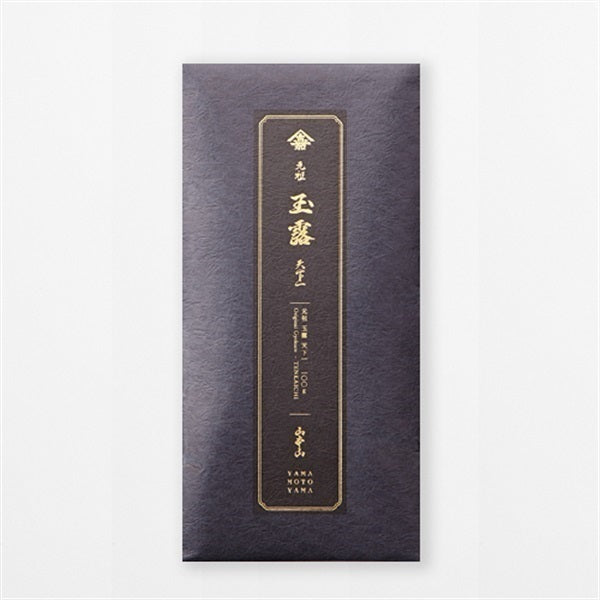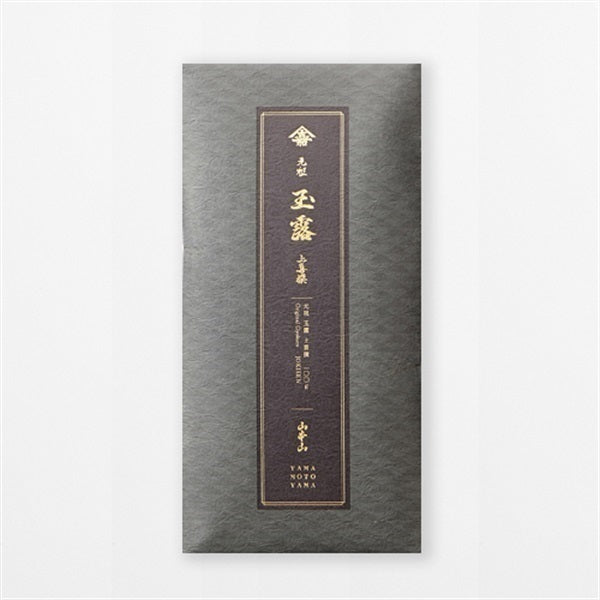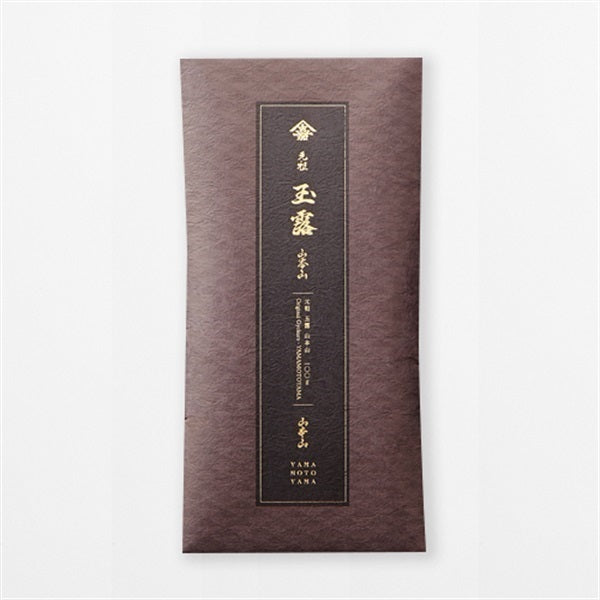
Is the quality of tea determined by the time and part of the plant picked? Explaining the difference in taste
Introduction
The quality of tea depends greatly on when and where the leaves are picked.
The tea plant survives the cold of winter and sprouts in spring.
The timing of this budding varies depending on the variety, with early-maturing varieties starting to sprout in mid-March and mid-maturing varieties starting to sprout in mid-April. Tea is then picked several times from spring through to summer.
It takes approximately three weeks to two months for the tea to be picked at one time.
Though it varies by region, the shelf life for Ichibancha and Nibancha is around three weeks, while Sanbancha is around one and a half months, and Yonbancha is around two weeks, so the shelf life also varies depending on the time of picking.

Changes in quality depending on picking time
The first tea picked, which occurs around late April to early May, is called "Ichibancha."
First-crop tea is considered to be of the highest quality and has a rich flavor, as it has stored up nutrients through a long dormant period.
In fact, the amount of amino acids contained in first-grade tea leaves is overwhelmingly four times that of third-grade tea leaves.
On the other hand, the second and third crops have a shorter growing period before harvest, so they don't contain as much amino acid, which gives them a lighter flavor.

In addition, Ichibancha tea is the richest in catechins, which are attracting attention for their various health benefits such as antioxidant properties and cold prevention, at 140% of that of Sanbancha tea.
On the other hand, the amount of caffeine is the same for first- and third-crop tea immediately after the start of the picking season, but the caffeine content of first-crop tea is halved two weeks after picking begins.

In other words, when it comes to first-season tea, the caffeine content varies greatly between tea leaves picked at the beginning and end of the three-week picking period.
On the other hand, the rate of decline for third-grade tea is slower and there is no significant difference depending on the time of picking.
Furthermore, as the tea plant grows, the amount of dietary fiber increases and the umami components become less likely to dissolve, so in addition to the changes in the amount of components as explained above, the flavor also becomes less likely to be absorbed, resulting in the tea having a ``weak'' or ``refreshing'' flavor.

Quality changes depending on the part picked
When picking tea, the quality varies greatly depending on how much the new leaves have opened and how much of the tea is picked.
The new tea buds contain 5-6 leaves which gradually open up.
The last leaf is said to be "open" when it is fully opened, but leaves that are fully opened are hard and of poor quality.

New leaves are best picked when they are about 50-80% open rather than fully open.
Tea leaves in this state are soft and full of flavor. If you pick early, you pick the buds when they are 30-50% open, but the yield will be smaller.
The quality also varies depending on which part is picked. Picking the core at the tip of the sprout and the second leaf, called "ichishin niha tsumimi," is the highest quality and is used for high-quality gyokuro and sencha.
Picking up to the third leaf, known as "picking one stalk and three leaves," produces a larger yield than picking one stalk and two leaves, but the quality is slightly inferior.

summary
As you can see, the quality of tea is greatly influenced by the time of picking and the part of the tea that is picked.
The tea we drink every day also goes through such delicate procedures before it is delivered to us.










